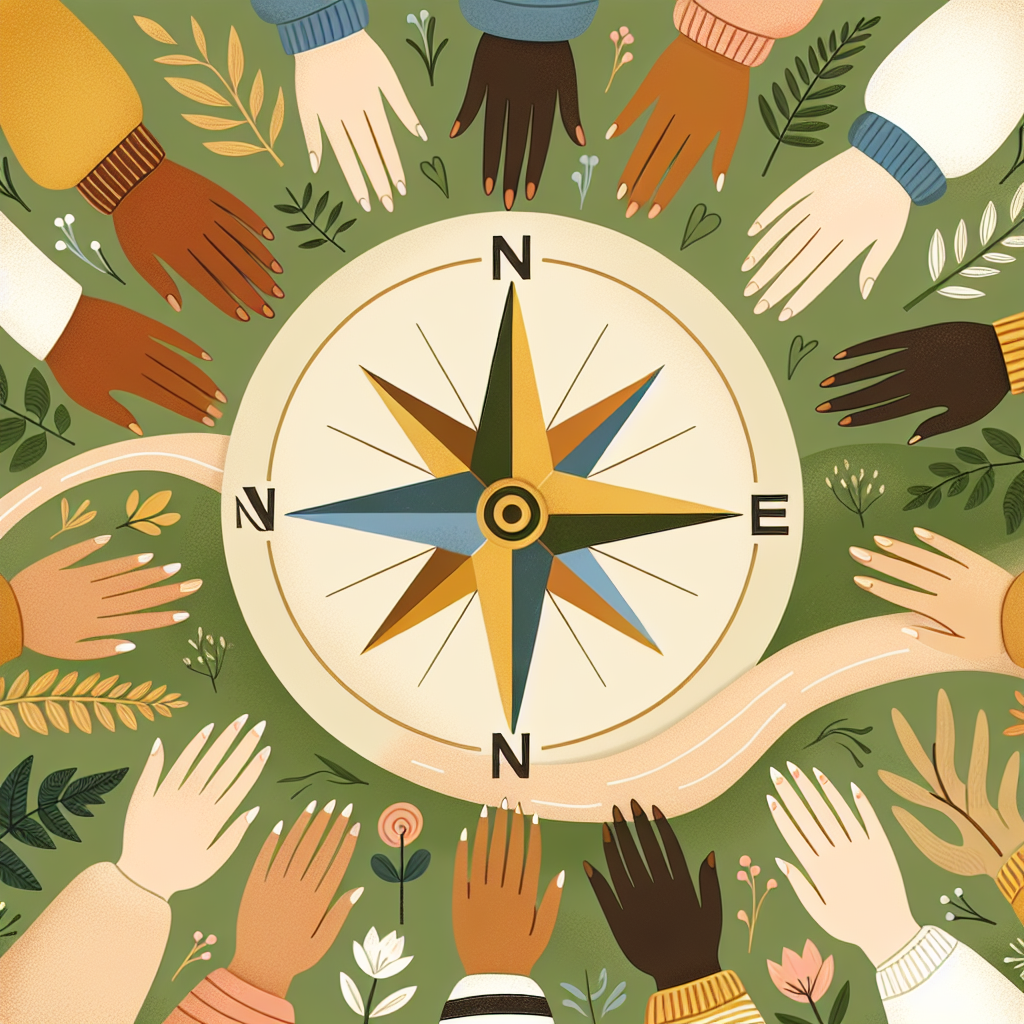
Introduction
In a world increasingly aware of the nuances of identity, navigating gender dysphoria has become a critical topic for many families and allies. Understanding what individuals with gender dysphoria experience can be daunting; however, knowledge is a powerful tool for support. By equipping ourselves with the right insights, we can make a profound difference in the lives of those navigating this journey. In this guide, we aim to debunk myths, provide practical advice, and share personal stories that illustrate the significance of empathy and understanding in this deeply personal experience.
Understanding Gender Dysphoria
Defining Gender Dysphoria
At its core, gender dysphoria is the psychological distress that arises from the incongruence between one’s experienced or expressed gender and one’s assigned gender at birth. Individuals may feel discomfort, anxiety, or significant emotional pain, and understanding the depth and complexity of these feelings is pivotal.
Common Symptoms
The experience of gender dysphoria is unique to each individual but can include:
- Anxiety or depression
- A strong desire to be treated as a different gender
- Distress about physical characteristics that do not align with the individual’s gender identity
The Importance of Allyship
Creating a Safe Space
For families and allies, creating a safe space is essential. This environment fosters open conversations where individuals can express their feelings without judgment.
- Listening: Active listening builds trust. Instead of rushing to offer advice, allow the person to share their experience.
- Validation: Validate their feelings and experiences. A simple "I believe you" can go a long way in affirming their identity.
Case Studies: Real-World Applications
Case Study 1: A Family’s Journey
Background: The Johnson family noticed their 10-year-old child, Alex, exhibiting signs of discomfort with the gender assigned at birth.
Actions: Upon learning about gender dysphoria, they sought counseling and began to educate themselves about gender identity. Regular family meetings were established to discuss Alex’s feelings and preferences.
Relevance: This case illustrates the importance of proactive communication and the role that education plays in navigating gender dysphoria. The family’s commitment to understanding enabled them to respond with compassion and support.
| Key Takeaways | Insights |
|---|---|
| Education is critical | Understanding terminology like ‘gender identity’ is essential for supportive conversations. |
| Open dialogue fosters trust | Regular check-ins encouraged Alex to express feelings openly. |
| Professional support is beneficial | A therapist specializing in gender identity can provide tailored guidance. |
Case Study 2: Support from Allies
Background: Alex’s friend, Mia, learned about Alex’s struggles and wanted to be a supportive ally.
Actions: Mia researched gender dysphoria, asked Alex about preferred pronouns, and offered emotional support during school transitions.
Relevance: Mia’s proactive approach exemplifies how allies can equip themselves with knowledge and tools to better support loved ones.
Practical Tips for Families and Allies
Communication Strategies
- Use Correct Pronouns: Always make an effort to use the correct pronouns. If uncertain, ask respectfully.
- Educate Yourself: Familiarize yourself with the terminology and current research surrounding gender dysphoria.
- Join Support Groups: Connecting with communities can provide relatability and shared experiences for families and allies.
Resources to Explore
- Books: “The Gender Revolution” by Dr. Jennifer Finney Boylan
- Websites: PFLAG, Gender Spectrum
- Local Support Groups: Many communities have organizations that focus on LGBTQ+ issues.
Addressing Common Concerns
1. What should I do if my child expresses feelings of gender dysphoria?
Encourage open dialogue. Allow them to share their feelings and seek professional help. Understand that this is their experience, and your role is to listen and support.
2. How can I educate myself about gender dysphoria?
Start with reputable sources. Websites like PFLAG and educational books are excellent resources. Keep conversations open with your loved ones.
3. Is it appropriate to ask questions?
It is always okay to ask questions, but do so sensitively. It’s crucial to approach conversations with respect and an open heart.
4. What if I don’t understand my child’s gender identity?
Not understanding is normal. The key is to support them while educating yourself. Seek guidance from professionals if necessary.
5. How can I support my friend who is experiencing gender dysphoria?
Be present. Let them know you are there for them, respect their identity, and educate yourself about their experiences.
Navigating Challenges Together
Understanding Resistance
It is not uncommon for families and allies to encounter resistance. This may arise from personal beliefs or lack of understanding. Address these challenges with empathy, focusing on love and support rather than confrontation.
- Empathetic Conversations: Share information patiently and encourage dialogue to bridge gaps in understanding.
- Shared Experiences: Create opportunities to connect through events and support groups.
Conclusion
Navigating gender dysphoria is a journey that touches families, friends, and communities. By prioritizing education, empathy, and communication, families and allies can profoundly impact the lives of those experiencing gender dysphoria. Remember, each conversation, question, and act of support contributes to a more understanding and inclusive environment. Together, we can foster a world where everyone feels valued, understood, and loved.
FAQs
Q1: What is the first step to take when a child expresses feelings of gender dysphoria?
A1: The first step is listening. Create a safe environment for open communication, allowing your child to express their feelings without fear of judgment.
Q2: Can gender dysphoria resolve on its own?
A2: For some, the feelings may lessen over time, but for many, they can persist. It’s essential to seek professional guidance to navigate these feelings effectively.
Q3: How should I respond to family members who don’t support my loved one?
A3: Engage them in conversation, and share your loved one’s experiences. Provide literature and resources to foster understanding.
Q4: Are there medical treatments for gender dysphoria?
A4: Yes, options can include hormone therapy and surgical interventions. These decisions should be made in consultation with healthcare professionals who specialize in gender identity.
Q5: How can I find a therapist for someone experiencing gender dysphoria?
A5: Look for therapists who specialize in gender identity or LGBTQ+ issues. Resources like Psychology Today can help you find qualified professionals in your area.
Navigating gender dysphoria is not merely about understanding; it is about fostering compassion, building bridges, and creating a community where all can thrive authentically. With patience and love, families and allies can make a transformative difference in this journey.















